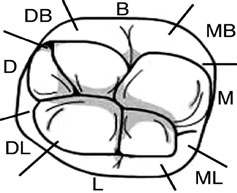Operative risks of digestive surgery in cirrhotic patients
ARTICLE IN PRESS Gastroentérologie Clinique et Biologique (2009) xxx, xxx—xxx Vous êtes autorisé à consulter ce document mais vous ne devez en aucun cas le télécharger ou l'imprimer. Operative risks of digestive surgery incirrhotic patients Risque opératoire du patient cirrhotique en chirurgie digestive

